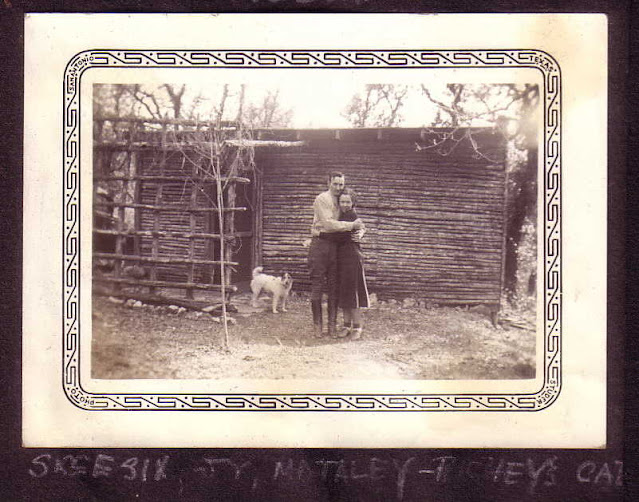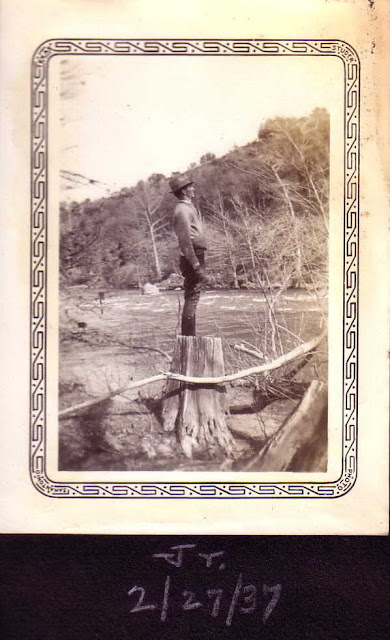I found this article from "Our State Magazine" in my "memories" folder on FaceBook. But it didn't include the "share" button. so I re-read the article, and wanted to be sure to share it somewhere, and hope to have it in my own archives here on Blogger. And if I shared it before (quite possibly) mea culpa!
The link still works for now at least.
My interest (as always) is in considering my ancestors who might have used these (or similar) roads.
In 1775, Daniel Boone "blazed" a trail for the Transylvania Company from Fort Chiswell in Virginia through the Cumberland Gap into central Kentucky. It was later lengthened, following Native American trails, to reach the Falls of the Ohio at Louisville. The Wilderness Road was steep, rough, narrow, and it could only be traversed on foot or horseback. Despite the adverse conditions, thousands of people used it.
Daniel Boone coming through Cumberland Gap by George Caleb Bingham
I've written about the Cumberland Gap, and my family's travels on the roads leading into Kentucky HERE.
And here is a clip about an ancestress that lived into her 90s, who moved into Kentucky before it became a state. Here.
-------------------------
And a bit of Mary Oliver, just because...
"I thought the earth remembered me, she took me back so tenderly, arranging her dark skirts, her pockets full of lichens and seeds.
I slept as never before, a stone on the river bed,
Sharing with Sepia Saturday






.jpg)









%20hulk%20in%20River%20Thames%20photo%201856%20held%20400-500%20prisoners%20awaiting%20transport.jpg)












.jfif)
